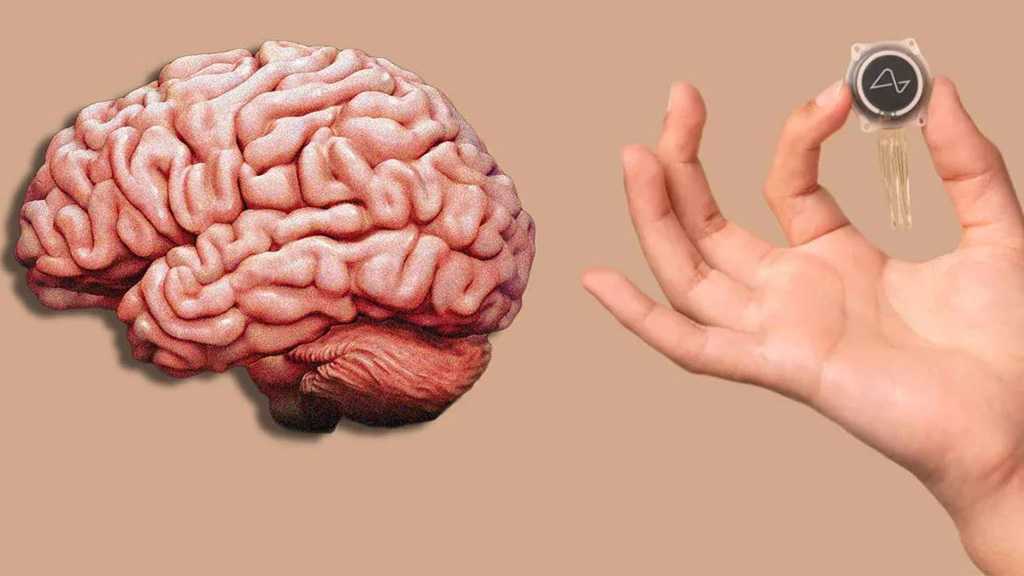
Scientists Cure Blindness in Mice, Procedure Could Work on Humans

Local Editor
The most common form of blindness in young people could be at least partially cured using gene therapy, a new study in mice suggests.

Researchers managed to restore sight to mice affected by retinitis pigmentosa after reprogramming their remaining retinal nerve cells.
These were not light-sensitive but were altered by the technique to give the mice a degree of vision.
A separate study, also in mice, found gene editing could be used to stop the progress of glaucoma and the scientists said the same technique might work in humans.
One of the researchers in the retinitis pigmentosa study, Dr. Samantha de Silva, of Oxford University, expressed optimism about the implications of their work.
"There are many blind patients in our clinics and the ability to give them some sight back with a relatively simple genetic procedure is very exciting," she said.
"Our next step will be to start a clinical trial to assess this in patients."
A paper in the journal Proceedings of the National Academy of Sciences [PNAS] said the results of the mice trials "suggest that this approach may be clinically useful in vision restoration in patients with end-stage" retinitis pigmentosa.
"We demonstrate ... restoration of visual function, indicating that this therapy could be stable and efficacious in the treatment of patients with end-stage retinal degenerations," it added.
A number of tests were used to work out how much vision had been restored to the mice, including "light avoidance".
"Wild-type animals with functional rods and cones [eyes] show aversion to bright light," the paper said.
"Treated mice spent less time in the bright chamber compared with control mice, which showed an apparent preference for the bright chamber.
"This may be due to an inability of control mice to detect the difference in brightness between the two chambers resulting in exploration being guided primarily by nonvisual cues, for example, subtle differences in temperature, auditory, or olfactory cues."
Professor Alan Boyd, president of the Faculty of Pharmaceutical Medicine in the UK, said the use of gene therapy to treat blindness had seen "significant success in recent years".
He said a US company, Spark Therapeutics, had already applied for its gene therapy technique to be approved to treat children's eye diseases in the US and European Union.
However, such methods did not work on people with advanced blindness.
Source: News Agencies, Edited by website team
Comments
- Related News



